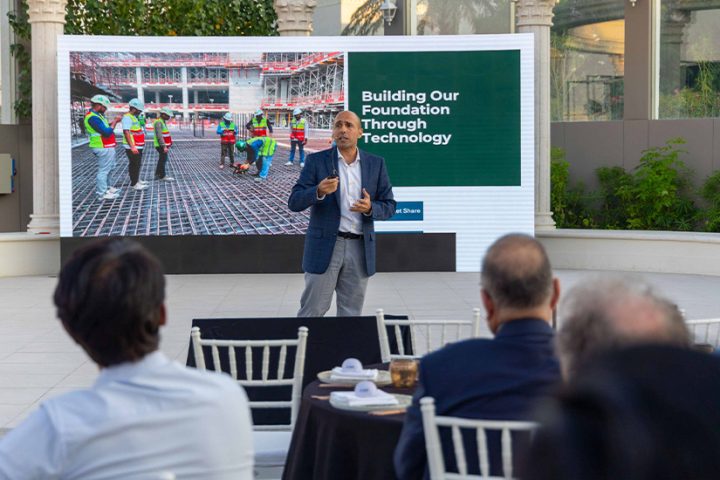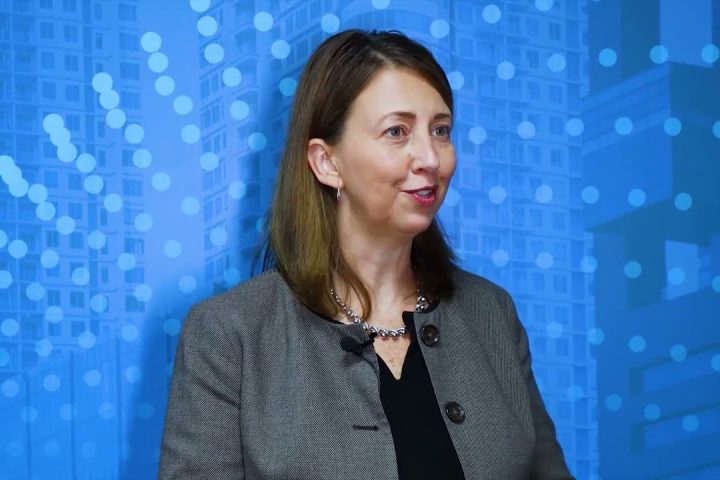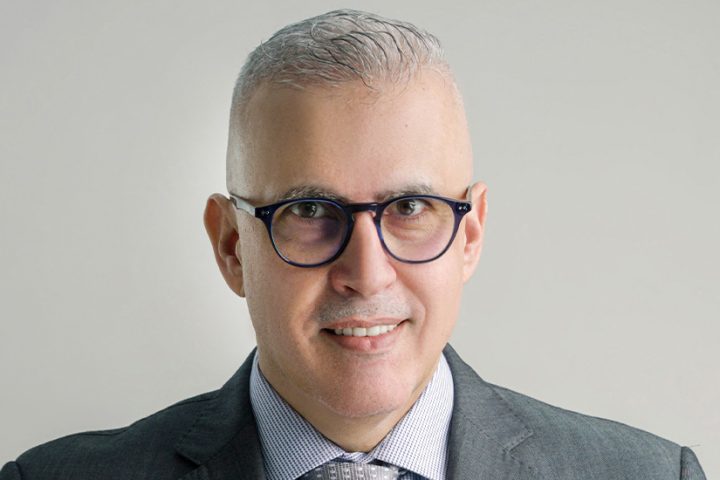Prince Mohammed Bin Abdulaziz Hospital Improves Efficiency, Patient Safety with Cerner’s Health Care Information System
Clinicians at Prince Mohammed Bin Abdulaziz Hospital (PMAH) worked with Cerner to successfully deploy – in a record nine months – a set of health IT solutions designed to automate the hospital’s clinical information processes. This marks Cerner’s first project with the Ministry of Health in Saudi Arabia.
The main business drivers for the EHR project are:
Improving quality and accessibility of patient information
Decreasing workflow bottlenecks caused by paper charts
Documenting care; placing medication and other orders directly in the EHR
Reducing the potential for errors
Cerner’s electronic health record (EHR) is the foundation of the health technology deployment at PMAH. It enables the hospital to store and communicate patient information among caregivers and provides clinical decision support.
“By working with Cerner, we provide our citizens with best quality care. We are pleased with the seamless transition in a record nine months. These improvements are the result of teamwork between PMAH and Cerner, and we look forward to reaping the benefits of this new electronic system,” said PMAH Chief Executive Officer, Dr. Saleh AlOqiel.
Cerner’s implemented solutions automate the physician and nursing workflows in the emergency, surgery, laboratory, pharmacy, inpatient and outpatient, and medical records departments. Using the new system, the information is captured and stored in the individual’s lifetime clinical record whether treated in the ambulatory or inpatient setting.
“We are honored to support PMAH’s transformation through a unified electronic health record system to improve the safety, quality and efficiency of their facility,” said Michael Pomerance, vice president and managing director, Cerner Middle East and Africa. “Strong collaborations and supporting government initiatives to develop the health care industry and its human resources are key pillars of Cerner’s growth strategies in the region.”














